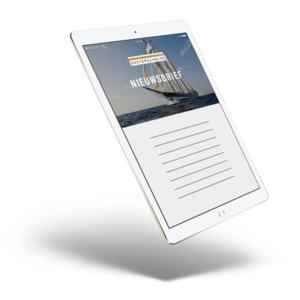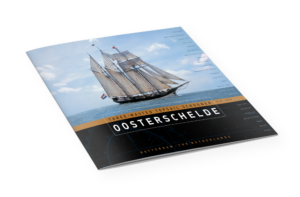20 Nov A low approaching
A low approaching
20 November 2013
Leo Boersen continues:
“Another day in the South Pacific. Captain Arian informed us at the afternoon briefing, that since our departure from Auckland we have been at sea for 424 hours and have been travelling for 456 hours, including our stop over at the Chatham Islands. Altogether 19 days under way. We travelled 2760 miles and to the Cape it is still 2100 miles. From the Cape to the Falklands is app. 600 miles. The engine has been used during 32,5 hours, and was last used for an hour or so, when leaving Chatham. Our longtitude now is more or less the same as the Pitcairn Islands (the mutiny on the ‘Bounty’!) as well as Vancouver. Cape Horn is due south of Nova Scotia, to give an idea of the distances we are up to. Our average speed -excluding anchoring at Chatham- is 6,5 knots. Our daily milage varied between 135 to 212. We are not overspending on energy and have used 3200 liters of fuel including the use of the main engine, less than 100 liters a day. The generators -the ‘Oosterschelde’ has a big one and a small one- are operated alternatively. Only when a generator is on, the main current is on. Late afternoon, at 4 PM the main generator is running until app. 9:30 PM. That is for cooking dinner and allowing the use of the oven for cooking as well as making coffee and tea and using the dishwasher. The small generator is on from 2 AM – 10 AM, allowing again for coffee and tea, but also for our fresh bread, baked early morning each day by Job. Daily we need 60 liters to operate the generators (and the heater, not to be forgotten!). Our fuel capacity is 18 tons and the captain said he is happy with the low level of consumption so far and apparently all hands have understood well his message, to be economical with the use of water and electricity.
Ewout (aka Woody) presented us with his daily weather update. The breefok has been taken in and reefs has been set in all three main sails. A low is coming up from the southeast and that causes higher waves. It will be passing in front of us. Currently we are doing about 10 knots and the ‘Oosterschelde’ is behaving rather well and the sea is very beautiful and impressive. The wave pattern and wind are clearly visible, but how and where the waves will show white caps is, at least to the untrained eye of a decadent white collar criminal like myself, hard to predict. It is very fascinating to look -study if you like– at the ever changing surface and listen to the harmony of all the sounds, that comes with it. And above all, it is a great pleasure to see and feel, how the forces of nature propel the ‘Oosterschelde’ with great elegancy forward. I climbed up the mast this morning and from there the show is even more impressive -and more cold- and I had the good fortune to spot some ten Hourglass dolphins splashing around the bow for some 15 minutes. Amazed, that I could see them approaching from so far and with such great speed.
Jana, after the weather briefing, lectured us in a very eloquent way about the theory and technique of sail and its use on board. She was using the blackboard and instructive drawings were made to explain all this to a very attentive audience, using both English and sometimes Dutch words to describe the various options and positions of our sails.
There was a weak sun shining in the morning for a short time, but for the instruction of the use of the sextant we will have to wait a bit longer. When that will be, you will read in the next reports from the Southern Pacific.”





